Katie learned a few things during her travels: namely, that bluegrass is soul music; that she would have aced American history if she grew up here; and that knowing how to drive on winding country roads in winter is a very, very useful skill to have.
While doing the footwork for Moon Spotlight Virginias Shenandoah, Katie kept one eye peeled for outdoor adventure. She loves nothing more than a good, long trail run, except maybe a farmers market to stop at for breakfast when shes done.
Before moving to Arlington County in 2005, Katie wrapped up a journalism degree from beachfront Pepperdine University and honed her writing skills at The Aspen Times and Los Angeles Sports & Fitness magazine. When shes not researching a project that puts her behind the wheel or holding a leash, Katie is behind a desk as a writer and editor in support of the U.S. Environmental Protection Agency. She lives in Arlington with her husband, Mike Githens, and her dog and frequent travel companion, Denali.
To everyone, especially to those who live in narrow streets where automobiles are thicker than ants in an ant hill and where trolleys clang, sirens screech, and people rush about, we say, come to this beautiful Blue Ridge area for recreation... So began one letter, written in the 1920s, encouraging the creation of Shenandoah National Park. Today, Shenandoah entices visitors for much the same reasons.
But what is the Shenandoah, exactly? The word comes from a Native American term meaning beautiful daughter of the stars, which should give you a clue as to this corner of Virginias deep and glittering legacy.
In name, its a lazy-rolling rivertwo, actually, born in the valleys on the west side of the Blue Ridge. The North and South Forks of the Shenandoah River flow northeast before joining near Front Royal and entering West Virginia. By the time it reaches the Potomac near Harpers Ferry, the Shenandoah has become the larger rivers main tributary. Its the perfect waterway for fishing, tubing, or canoeing: slow, winding, and lined with green most of the way.
In legend, the Shenandoah refers to the wide, fertile valley dividing the Blue Ridge Mountains from the Alleghenieswhich was elevated to near-mythic status by some of the most dramatic fighting of the Civil War. The fruitful soil drew settlers centuries ago, as first- or second-generation German farmers moved down from Pennsylvania to the valley where, it was said, the summer grass grew high enough to tie across a horses saddle.
During the war the valleys productivity and strategic importance almost proved to be her undoing. Over three years, the area endured more battles than any other region in the country, and in so doing, buried tragedy and lore beneath the rich farmland.

 Luray Caverns: The Shenandoah has most of the states commercial caverns, including this, the largest and most spectacular on the East Coast ().
Luray Caverns: The Shenandoah has most of the states commercial caverns, including this, the largest and most spectacular on the East Coast ().
 Hiking in Shenandoah National Park: Waterfalls, windswept ridgetops, and the Appalachian Trail, steps away from Skyline Drive, are just some of the attractions youll see hoofing it through Virginias premier outdoor destination ().
Hiking in Shenandoah National Park: Waterfalls, windswept ridgetops, and the Appalachian Trail, steps away from Skyline Drive, are just some of the attractions youll see hoofing it through Virginias premier outdoor destination ().
 Grand Caverns Regional Park: Cathedral Hall is the highlight of this, another astounding network of caves. Be sure to check out the Civil War-era graffiti ().
Grand Caverns Regional Park: Cathedral Hall is the highlight of this, another astounding network of caves. Be sure to check out the Civil War-era graffiti ().
 Frontier Culture Museum: Learn what rural life was like in the 18th and 19th centuries at Stauntons first-rate Frontier Culture Museum. The buildings, farming techniques, and even the livestock are all rigorously authentic ().
Frontier Culture Museum: Learn what rural life was like in the 18th and 19th centuries at Stauntons first-rate Frontier Culture Museum. The buildings, farming techniques, and even the livestock are all rigorously authentic ().
 Polyface Farms: Hop on a hay bale for a tour of one of the most sustainable farms in the nation ().
Polyface Farms: Hop on a hay bale for a tour of one of the most sustainable farms in the nation ().
 The Homestead: Depending on the season, you can golf, ski, or just relax with a soothing soak at the most venerable and lavish resort hotel in the state ().
The Homestead: Depending on the season, you can golf, ski, or just relax with a soothing soak at the most venerable and lavish resort hotel in the state ().
 Natural Bridge: Despite all the commercial hoopla surrounding it, its still an impressive and beautifulstretch of stone. Bonus points for spotting George Washingtons initials carved into the base ().
Natural Bridge: Despite all the commercial hoopla surrounding it, its still an impressive and beautifulstretch of stone. Bonus points for spotting George Washingtons initials carved into the base ().
LOOK FOR  TO FIND RECOMMENDED SIGHTS, ACTIVITIES, DINING, AND LODGING.
TO FIND RECOMMENDED SIGHTS, ACTIVITIES, DINING, AND LODGING.
In essence, the Shenandoah is equal parts legend and locale, embodied in the rich odors of farmland in morning mist, snow on ragged granite peaks, and the simple pleasures of small-town hospitality evident even in the larger cities.
Aside from its intangible enticements of atmosphere, the Shenandoah is replete with things to do and see. Set aside at least 4-5 days to hit the highlights. The approach is obviously linear, but Winchester and Staunton both make good staging points from the north and south ends of the valley, respectively. Several good half- and full-day excursions are possible from Winchester, including the towns of White Post and Middletown. Moving south down the valley, Luray Caverns and Grand Caverns are two of the states best subterranean attractions. Head up, not down, to reach Shenandoah National Park, which you can access from the north, south, or middle entrances.
History fans should be sure not to miss the living exhibits at the Frontier Culture Museum near Staunton. While near this city, take a farm tour at Polyface Farms and find out what on earth an Eggerator is. The Allegheny Highlands make a good two- or three-day excursion from Staunton; head up to Monterey and swing by the Homestead on your way back for some golf, spa treatments, or skiing in the winter. Lexington and the famous Natural Bridge can be combined into another good day trip from Staunton. You could easily take a week driving from Front Royal to the North Carolina border along the crest of the Blue Ridge, following the Skyline Drive through Shenandoah National Park and the Blue Ridge Parkway thereafter.

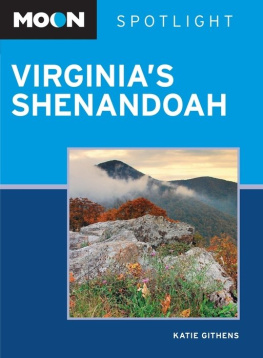
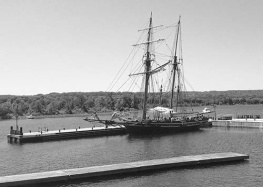

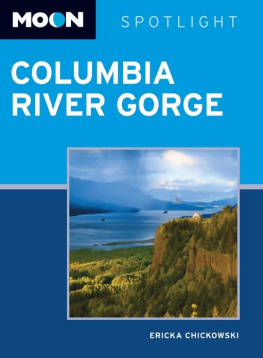
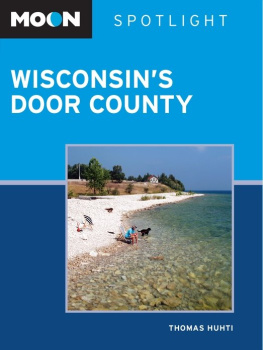
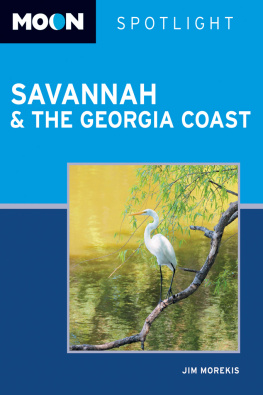
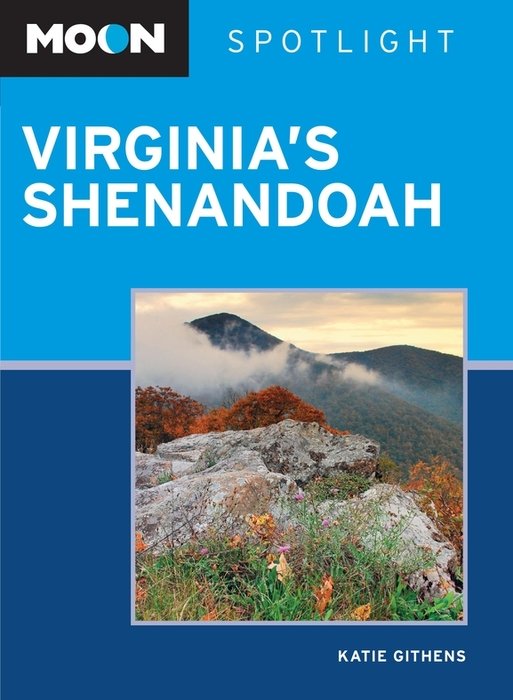

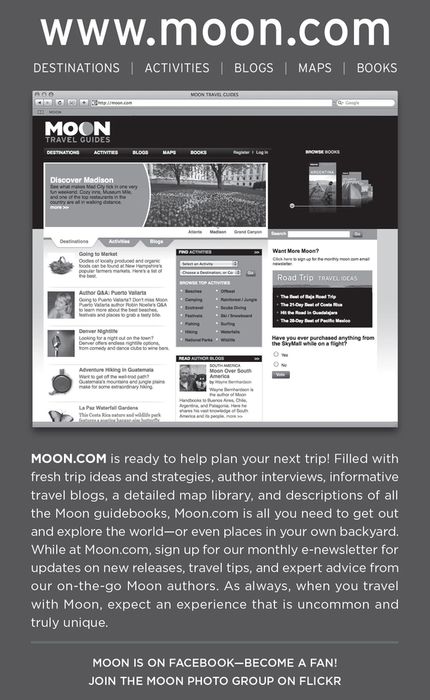
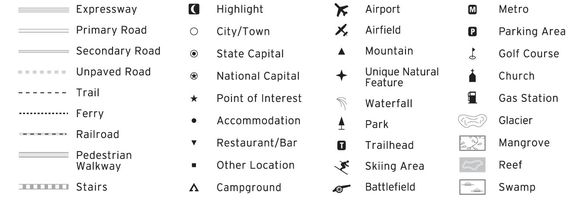
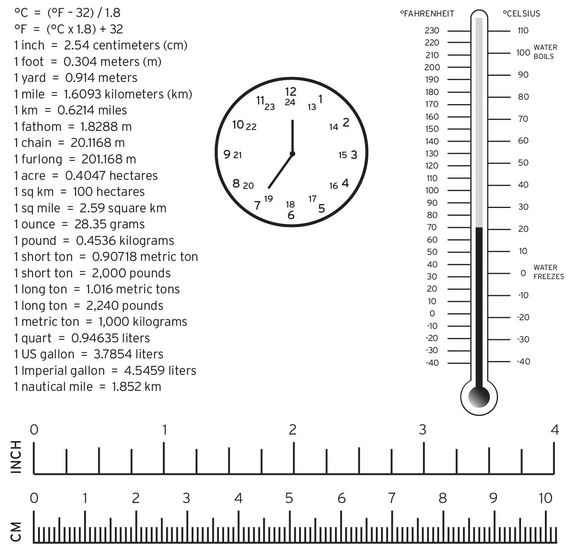

 Luray Caverns: The Shenandoah has most of the states commercial caverns, including this, the largest and most spectacular on the East Coast ().
Luray Caverns: The Shenandoah has most of the states commercial caverns, including this, the largest and most spectacular on the East Coast (). Hiking in Shenandoah National Park: Waterfalls, windswept ridgetops, and the Appalachian Trail, steps away from Skyline Drive, are just some of the attractions youll see hoofing it through Virginias premier outdoor destination ().
Hiking in Shenandoah National Park: Waterfalls, windswept ridgetops, and the Appalachian Trail, steps away from Skyline Drive, are just some of the attractions youll see hoofing it through Virginias premier outdoor destination (). Grand Caverns Regional Park: Cathedral Hall is the highlight of this, another astounding network of caves. Be sure to check out the Civil War-era graffiti ().
Grand Caverns Regional Park: Cathedral Hall is the highlight of this, another astounding network of caves. Be sure to check out the Civil War-era graffiti (). Frontier Culture Museum: Learn what rural life was like in the 18th and 19th centuries at Stauntons first-rate Frontier Culture Museum. The buildings, farming techniques, and even the livestock are all rigorously authentic ().
Frontier Culture Museum: Learn what rural life was like in the 18th and 19th centuries at Stauntons first-rate Frontier Culture Museum. The buildings, farming techniques, and even the livestock are all rigorously authentic (). Polyface Farms: Hop on a hay bale for a tour of one of the most sustainable farms in the nation ().
Polyface Farms: Hop on a hay bale for a tour of one of the most sustainable farms in the nation (). The Homestead: Depending on the season, you can golf, ski, or just relax with a soothing soak at the most venerable and lavish resort hotel in the state ().
The Homestead: Depending on the season, you can golf, ski, or just relax with a soothing soak at the most venerable and lavish resort hotel in the state (). Natural Bridge: Despite all the commercial hoopla surrounding it, its still an impressive and beautifulstretch of stone. Bonus points for spotting George Washingtons initials carved into the base ().
Natural Bridge: Despite all the commercial hoopla surrounding it, its still an impressive and beautifulstretch of stone. Bonus points for spotting George Washingtons initials carved into the base ().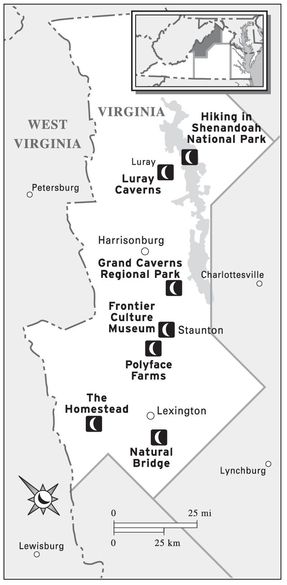
 TO FIND RECOMMENDED SIGHTS, ACTIVITIES, DINING, AND LODGING.
TO FIND RECOMMENDED SIGHTS, ACTIVITIES, DINING, AND LODGING.